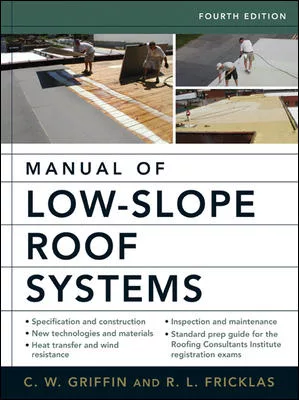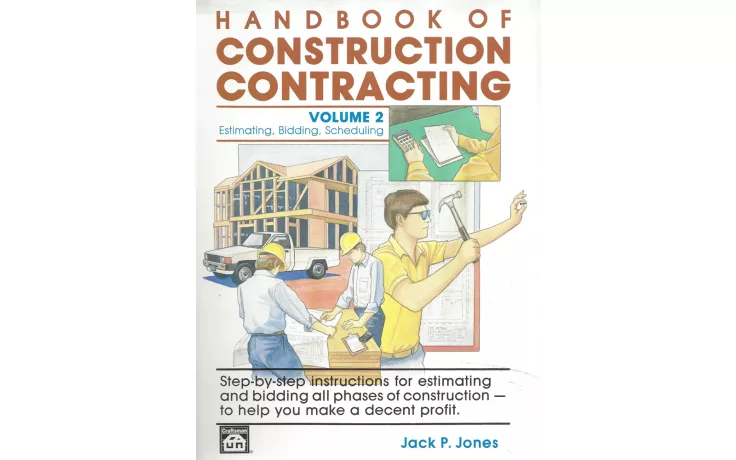EPDM Roofing Association Monitors Implementation of VOC Regulations
BETHESDA, Md. — The EPDM Roofing Association, (ERA), as part of its advocacy work on the issue of VOC regulations, is monitoring the countdown to the Jan. 1, 2012 full implementation VOC regulations in key Northeast and Mid-Atlantic States. While Massachusetts, Vermont, and New Hampshire are still considering their approach to VOC regulation, the roofing industry in key states will have to be fully compliant with the new regulations by Jan. 1. Maine, Connecticut, Delaware, Maryland, New Jersey, New York, Pennsylvania and Rhode Island will require full compliance with new regulations on Jan. 1, 2012, and the District of Columbia is expected to have regulations in place by that date.
However, there are variations – some of which are still evolving – regarding issues such as the sale of products manufactured before the first of the year and sale/distribution of non-compliant products for use in other states. ERA will reflect any of these changes on its website, www.epdmroofs.org, maintaining an up-to-date and detailed listing of the regulations and their implementation schedule.
VOCs (volatile organic compounds), found in adhesives and sealants used by the roofing industry, are regulated because high levels of emission of VOCs may contribute to the formation of ground-level ozone. As part of the effort to achieve federally mandated standards in the Northeast and Mid-Atlantic, the Ozone Transport Commission developed a Model Rule for Adhesives and Sealants. This model was based on regulations used in California, and incorporated provisions that were effective primarily in the climactic and market conditions of that state. Since the initial release of these model regulations, ERA has supported fair and reasonable efforts to reduce VOC emissions. However, since these conditions and practices differ significantly from those in the Northeast and Mid-Atlantic, ERA began an intensive campaign to inform individual state regulators of these differences and to ask for modifications in the regulations.
Based on these concerns raised by ERA, several states incorporated a seasonal implementation schedule into draft regulations, and others have drafted language to incorporate a seasonal implementation schedule into their final regulations. These changes have allowed sufficient time to test and phase in new low VOC materials, make process changes to meet the new standards, and train state contractors.
ERA will continue to stay abreast of these new regulations for the Mid-Atlantic and Northeast as they are developed, allowing the industry to know the exact parameters of the challenges it faces, and to work from a base of knowledge rather than guesswork.
For more information, visit www.epdmroofs.org.
Looking for a reprint of this article?
From high-res PDFs to custom plaques, order your copy today!






